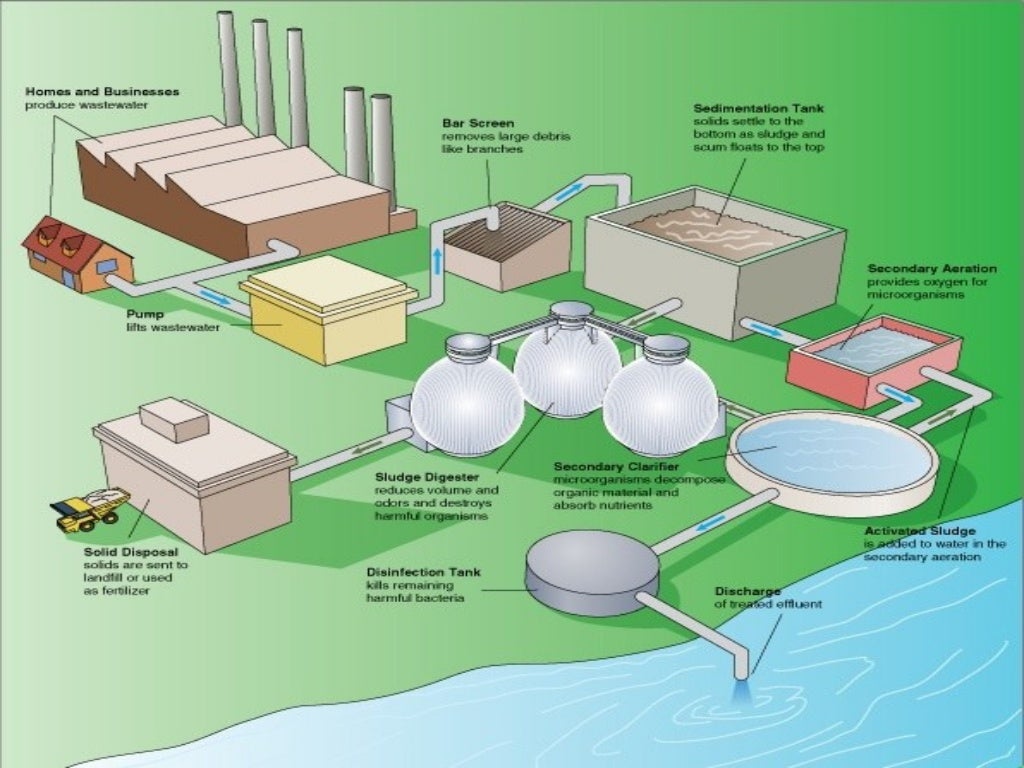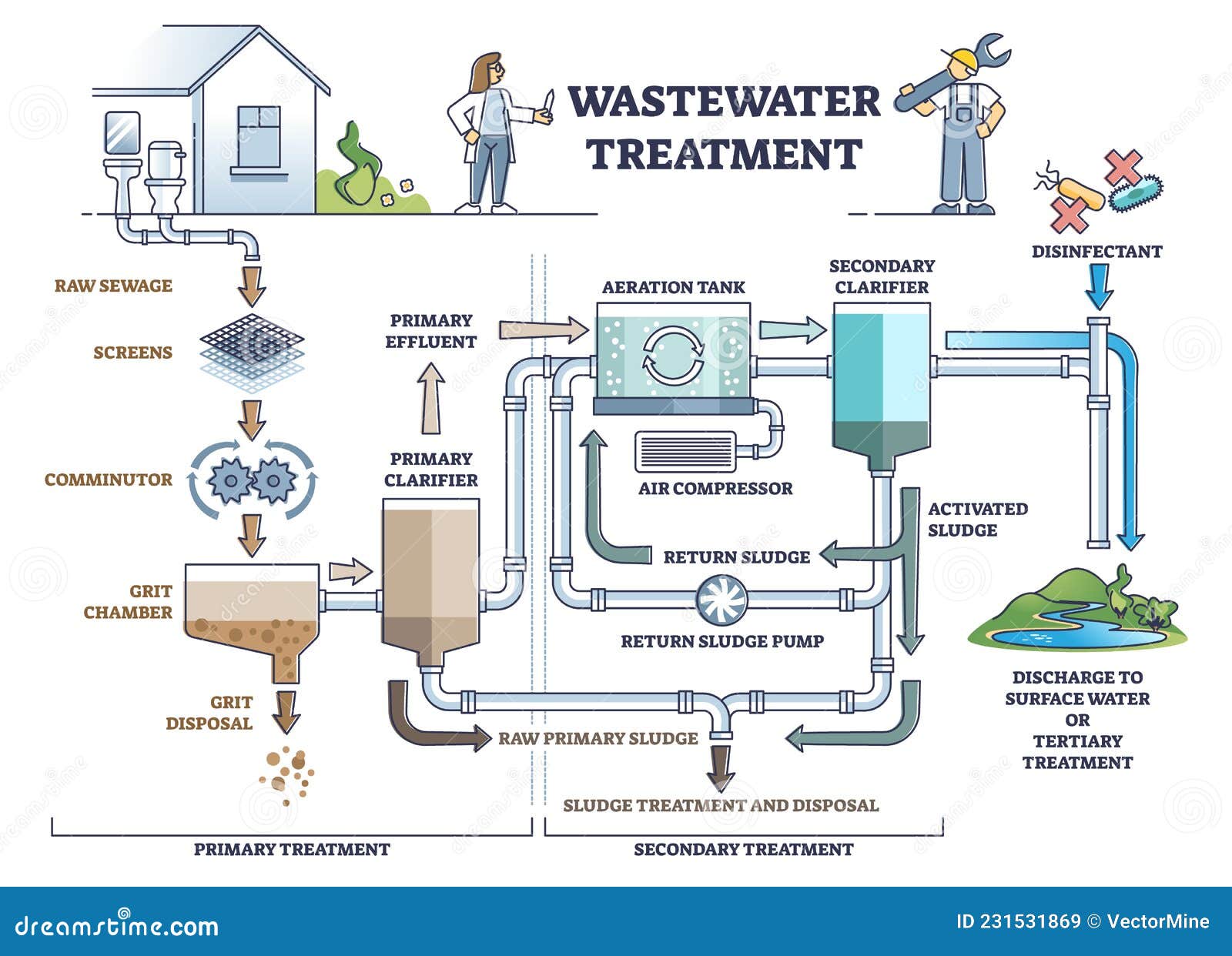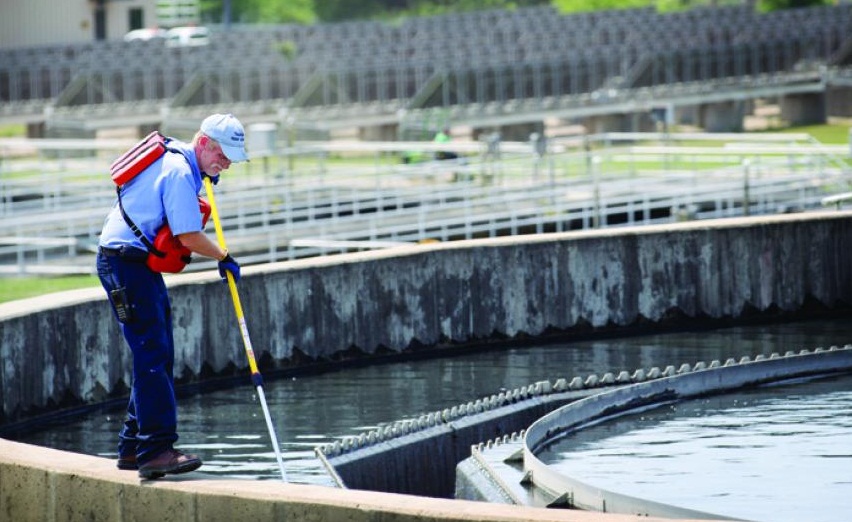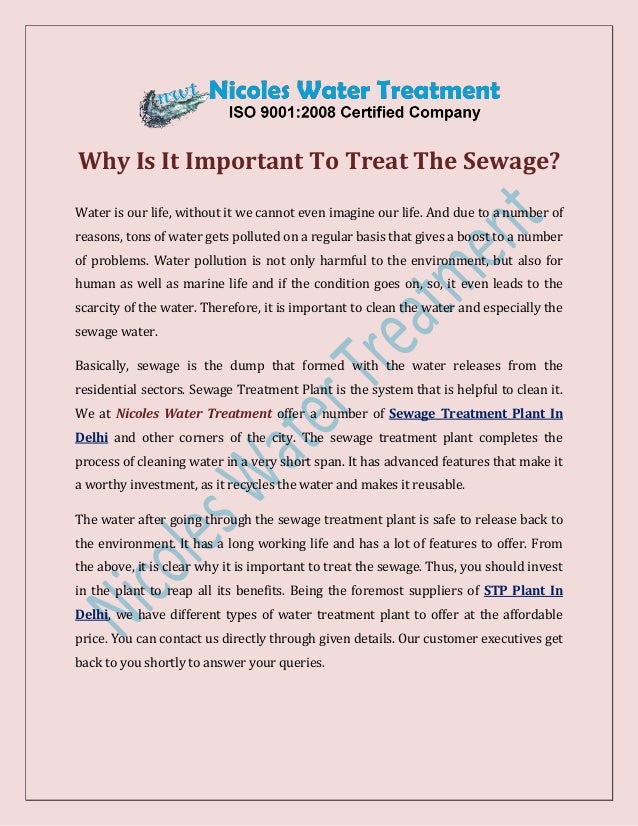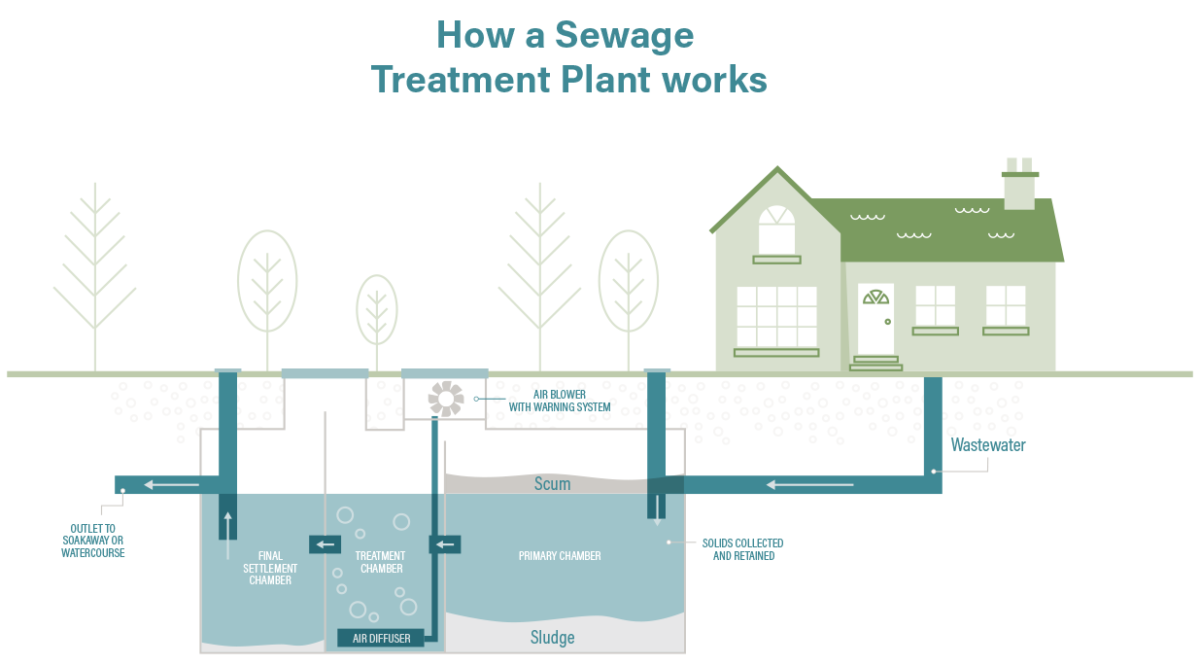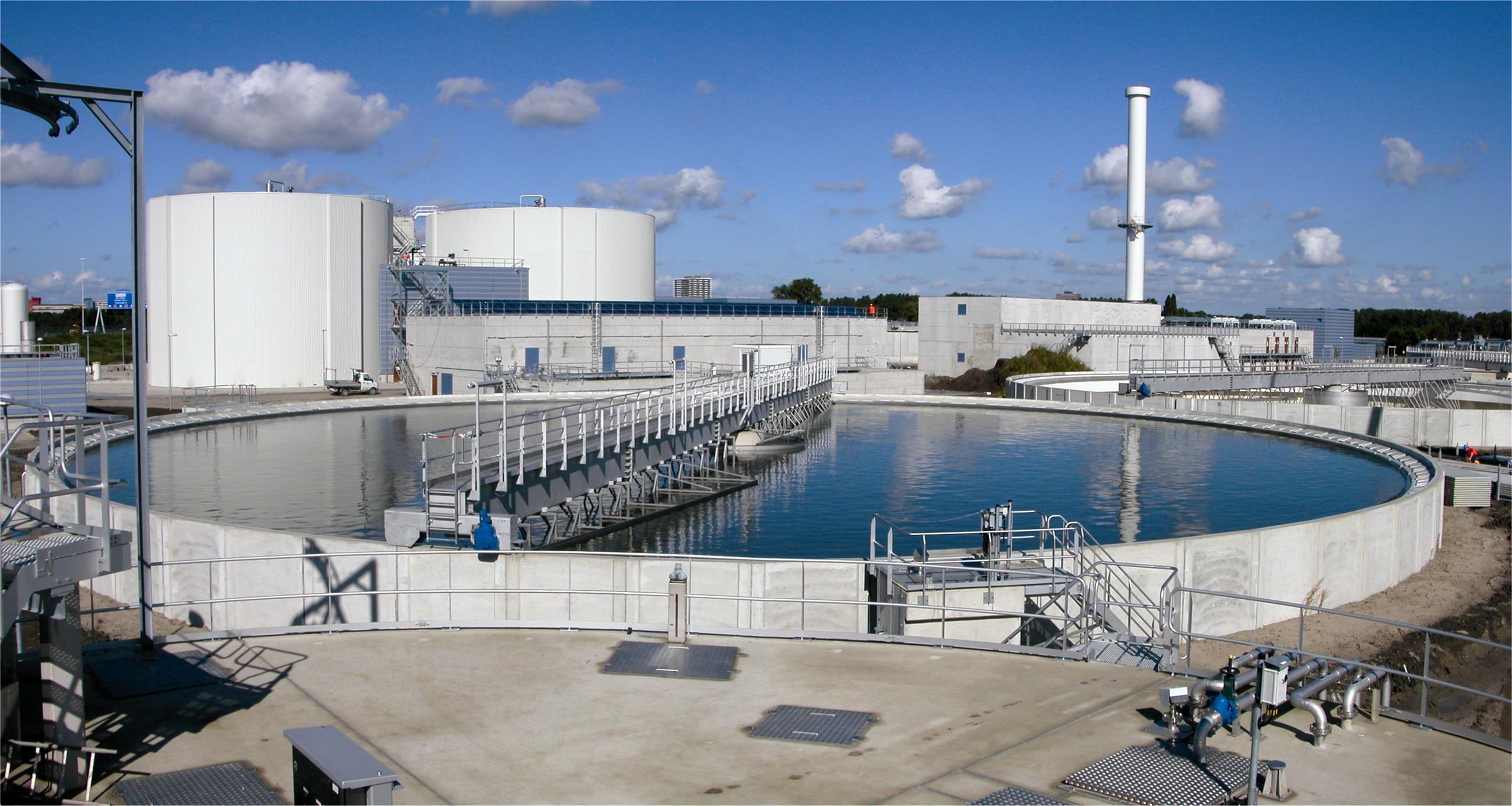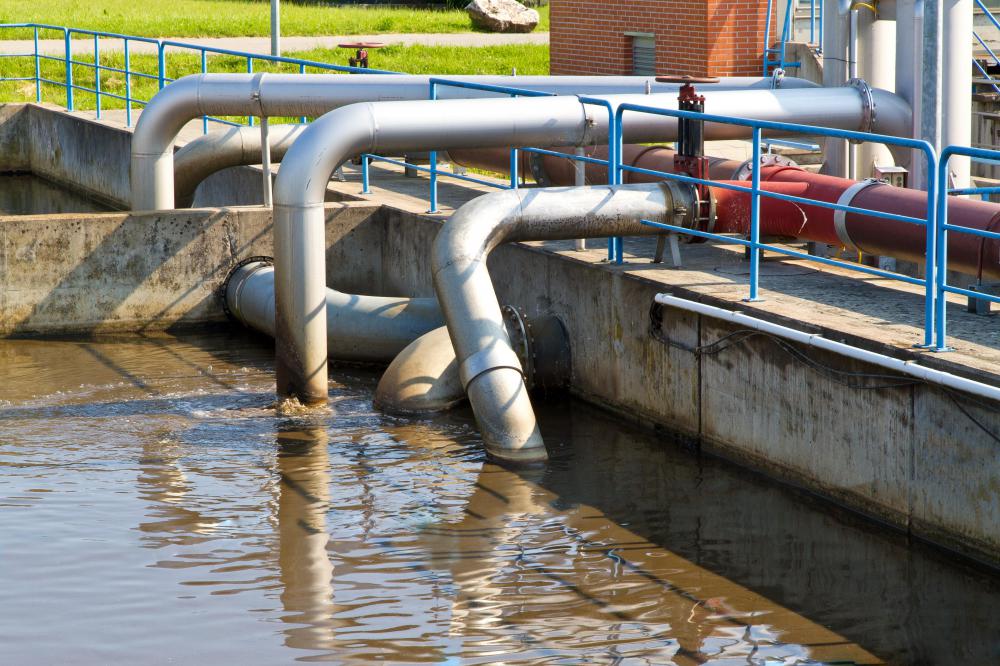Beautiful Work Info About How To Treat Sewage
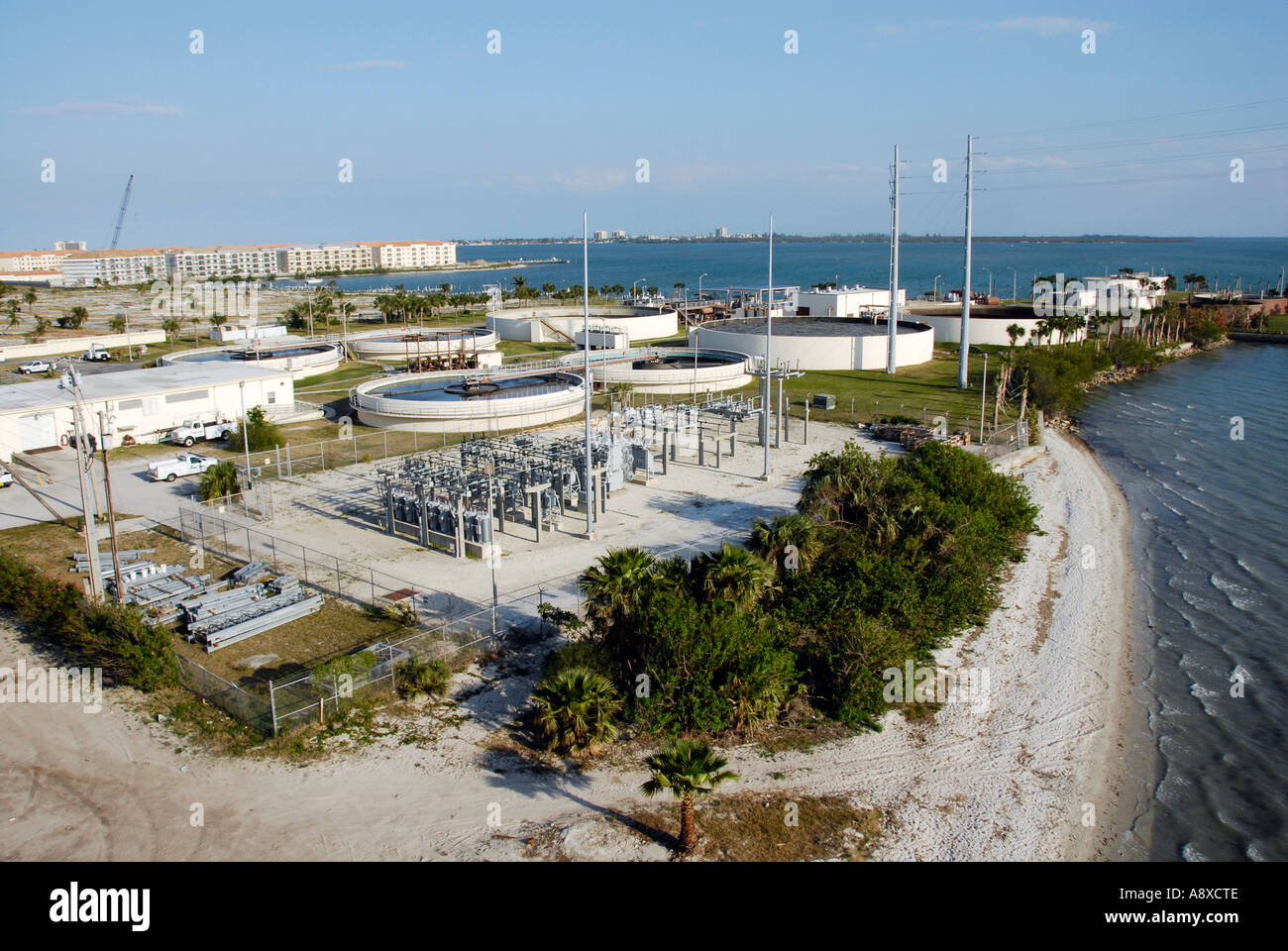
Sewage treatment (or domestic wastewater treatment, municipal wastewater treatment) is a type of wastewater treatment which aims to remove contaminants from sewage to produce an effluent that is suitable to discharge to the surrounding environment or an intended reuse application, thereby preventing water pollution from raw sewage.
How to treat sewage. Numerous steps must be taken to guarantee the wastewater is now safe. A combination of sewage interception and source control, aeration and oxygenation, a biological contact oxidation tank, and the construction of aquatic ecosystems was used. About 600,000 gallons of partially treated sewage solids, known as sludge, spilled from the failed holding tank between 5 and 5:30 a.m.
When you flush the toilet or empty the sink, the wastewater goes down the drain and into a pipe which takes it to a. Sewage treatment turns out to be a somewhat less nasty business than you probably thought by scott huler the sciences the guy running the snake down our sewer. Wastewater can also come from agricultural and industrial sources.
It’s not as simple as passing the water through a giant filter; The operator of the heavily damaged fukushima no. Removing large objects including items that should never have been put down the drain in the first place, such as.
Learn about the steps in the wastewater treatment process. After sewage has been screened, it passes into a grit chamber, where cinders, sand, and small stones settle to the bottom. Screening screening is the first stage of the wastewater treatment process.
In 2010, the united nations recognized “the right to safe and clean drinking water and sanitation as a human right that is essential for the full enjoyment of life and all human rights.” Most wastewater treatment operations discharge treated water to surface water like rivers and lakes. Physical water treatment in this stage, physical methods are used for cleaning the wastewater.
How does sewage treatment work? Sewage flows into chalk stream after heavy rain. It can still contain chemicals and organic matter that must be taken out, though.
By the afternoon, workers had. The central wastewater treatment plant, nashville, tennessee. Stabilization ponds or waste stabilization ponds are open, flow.
Rainwater and runoff, along with various pollutants, go down street gutters and eventually end up at a wastewater treatment facility. The plants where the wastewater treatment process takes place are popularly known as wastewater treatment plants, water resource recovery facilities, or sewage treatment plants. So, these must be removed, broken down, or converted during the treatment.
To manage the irregular discharge of domestic sewage and high ammonia nitrogen content of the river, the traditional biological contact oxidation process was. Special equipment is used to remove grit that gets washed into the. When things are going well, it’s easy to see.
Different treatment is used depending on the source of your water. The residue that accumulates in sewage treatment plants is called sludge (or biosolids). Fecal plume from lavender hill.



